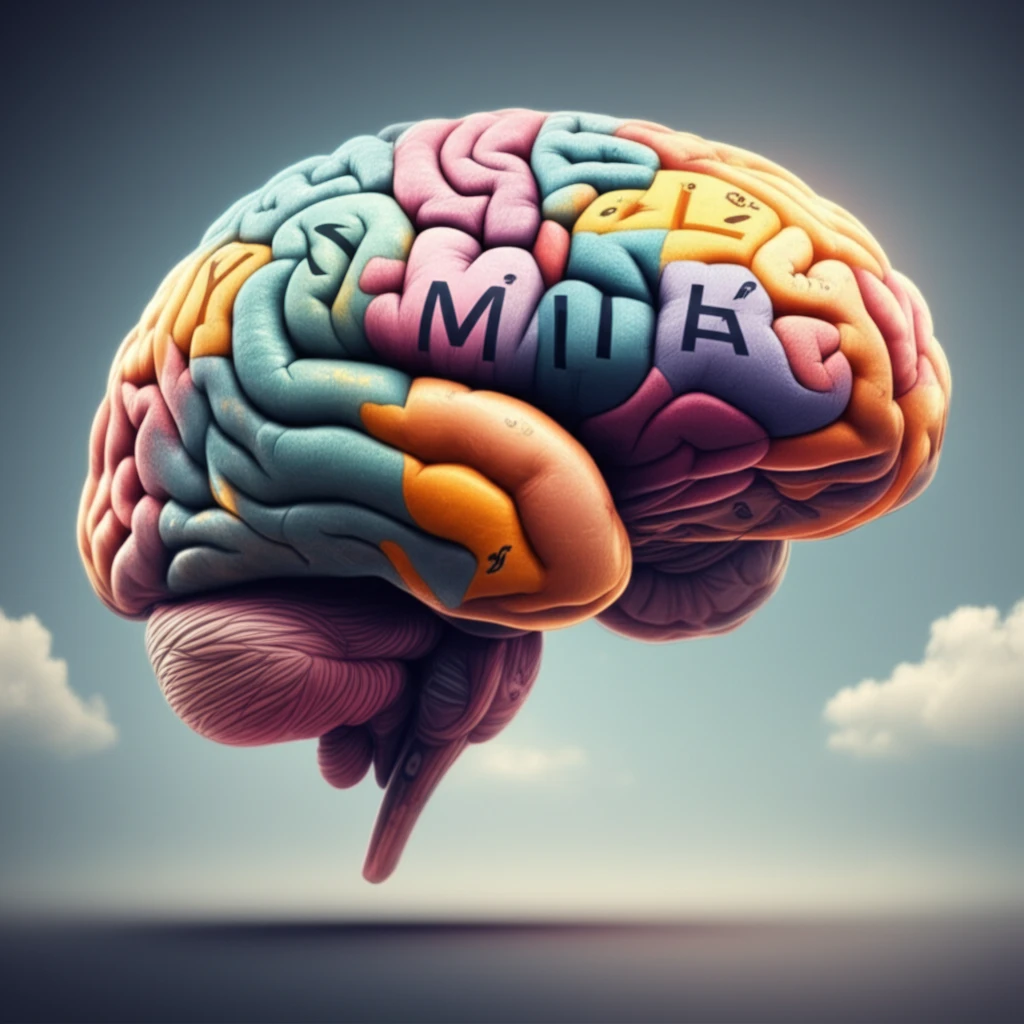
Unlock Your English Potential: How Grammar Tasks Can Transform Your Learning
"Discover the power of consciousness-raising tasks and revolutionize your approach to mastering English grammar."
For years, educators have debated the best way to teach grammar. Is it through traditional drills, or is there a more effective approach? The good news is, there is! Recent research suggests that a method called "consciousness-raising" can significantly improve your understanding and use of English grammar.
Consciousness-raising (CR) tasks encourage you to actively think about language, rather than passively memorizing rules. This method helps you to discover grammar patterns and internalize them more effectively, making your English sound more natural and fluent.
This article will delve into the world of consciousness-raising tasks, exploring how they work, why they're effective, and how you can incorporate them into your English learning journey. Get ready to unlock your full English potential!
What are Consciousness-Raising (CR) Tasks?

Consciousness-raising (CR) tasks are activities designed to make you aware of specific features of the English language. Instead of just giving you the rules, CR tasks present you with examples and encourage you to figure out the rules out yourself. Think of it as becoming a language detective!
- Identify/consolidate: Spotting patterns and usages in language data.
- Classify: Sorting data based on semantic or structural similarities and differences.
- Hypothesis building/checking: Creating and testing generalizations about language rules.
- Cross-language exploration: Comparing patterns in your native language and English.
- Reconstruction/deconstruction: Manipulating language to reveal its underlying structure.
- Recall: Remembering and reconstructing elements of a text.
- Reference training: Learning to use dictionaries, grammars, and study guides effectively.
Ready to Transform Your English?
Consciousness-raising tasks offer a powerful alternative to traditional grammar drills. By actively engaging with language and discovering the rules yourself, you can develop a deeper understanding and improve your English fluency. So, ditch the rote memorization and embrace the power of consciousness-raising. Your English learning journey will never be the same!
